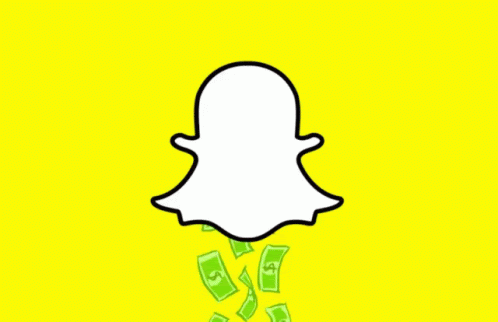2 Social Channels are Growing (much) Faster than IG
LINKEDIN IS UNDERRATED
There has been an impossible dilemma raging in digital marketing over the past few years: Most of us don't like that our budgets go into Facebook's pockets, and the effectiveness of their ads has been falling, yet there doesn't seem to be a feasible alternative. That all may be changing.
It's currently earnings season, which means we get to take a peek behind the curtain at all of the biggest digital platforms, and one thing has become abundantly clear: Brands are finding new ways to reach their audiences.
Back in early February we wrote that Pinterest has one of the most underrated advertising platforms on the market, and later that same month we offered some Meta-alternatives that included Snapchat and TikTok. Today, we can confidently say that all of those predictions are coming true, but we missed a big one that has put up the most impressive numbers so far this year: Linkedin.
The professional networking/recruiting/thought-leadership platform just reported a 34% revenue increase (compare that to Meta, who is up 7%), and a 22% increase in usage. A confluence of factors are likely contributing to Linkedin's rise — including the Great Resignation and the urgent need to hire — but what has become crystal clear is that, while there is more attention on Linkedin, there is not enough good content to go around.
Every other major platform has the opposite problem – Instagram, Twitter, and TikTok are so jam-packed full of so many posts from so many creators, celebrities, and publishers that it's nearly impossible for a brand to be heard. Not so on Linkedin. While it does have its own unique category of content creator (ie. hustle-porn & poorly attributed quotes), they make up significantly less of the space than nearly every other channel.
Also, consider the context. Not many people log onto Instagram in hopes that they just might catch a glimpse into what their favourite brands are up today. On Linkedin, business insights, news, and useful content are exactly what folks are looking for.
But so what, right? You might be able to get some engagement on Linkedin, but how could that contribute to your bottom line? Regardless of what your org's sales goals are, there are undoubtedly a variety of objectives you need to hit that may not directly result in ringing the cash register. While it's certainly possible to sell on Linkedin, it's worth considering which of the following are on your priority list right now:
Hire & retain high-quality talent
Attract investment
Build partnerships with suppliers & distributors
Use your voice for social progress
Build relationships with media and publishers
Advocate for regulatory changes
Become known as a leader in your industry
When we can pull back from the narrow lens of return on ad spend (ROAS), it becomes clear that a lot of value can be gained by looking at Linkedin as a viable alternative to the Meta-monopoly.
The final obvious question, of course, is: What should we post? To answer that question, I'll refer you to Linkedin's own content strategy lead who wrote the article, How to Build a Perfectly Published Content Sandwich.
SNAPCHAT IS QUIETLY BECOMING EVEN MORE POWERFUL
Somehow our industry still finds ways to write off Snapchat. This quarter it added 13 million new Daily Active Users, bringing the total to 332 million people using the app every day.
They've also been continuing to innovate. It's widely understood that the team at Snap are at the cutting edge of consumer features – first with Stories, then Lenses, Glasses, and now Selfie-Drones (not kidding), but it wasn't until this year that they've been truly able to harness that creativity for the ad community.
The new Dynamic Ads platform has more than tripled year-over-year, as more businesses upload their product catalogs to the platform. From Snap's official statement:
“By dynamically building ads from product catalogs, we’re able to greatly expand the set of ads that are created. Dynamic Ads can update automatically as new products are entered into the catalog, remaining up to date and driving ROI.”
The bottom line is the Meta-trap that once existed is falling apart one platform at a time, and creative brands are finding opportunities in under-appreciated places.
Written by Conner Galway, Junction Consulting


